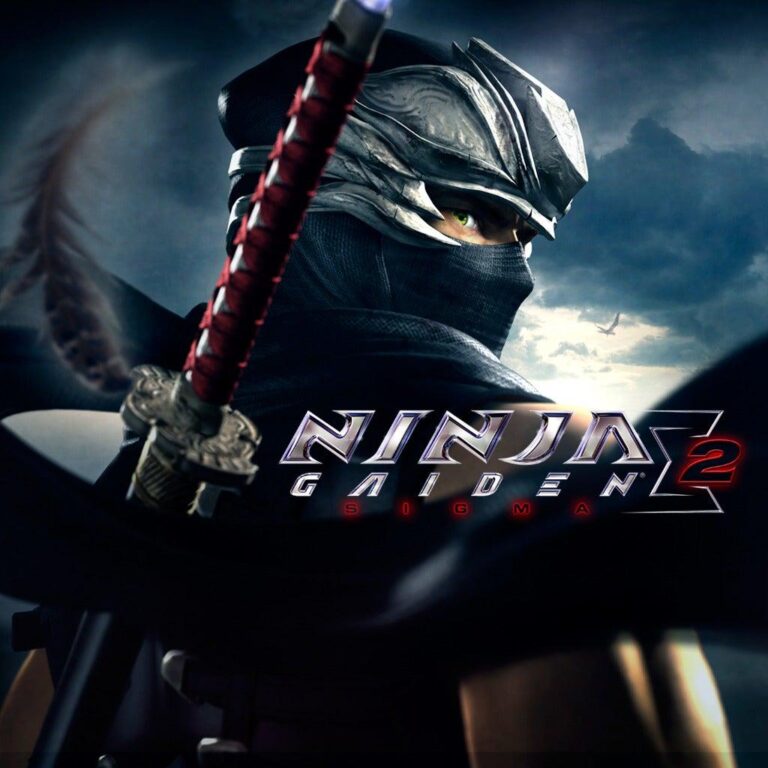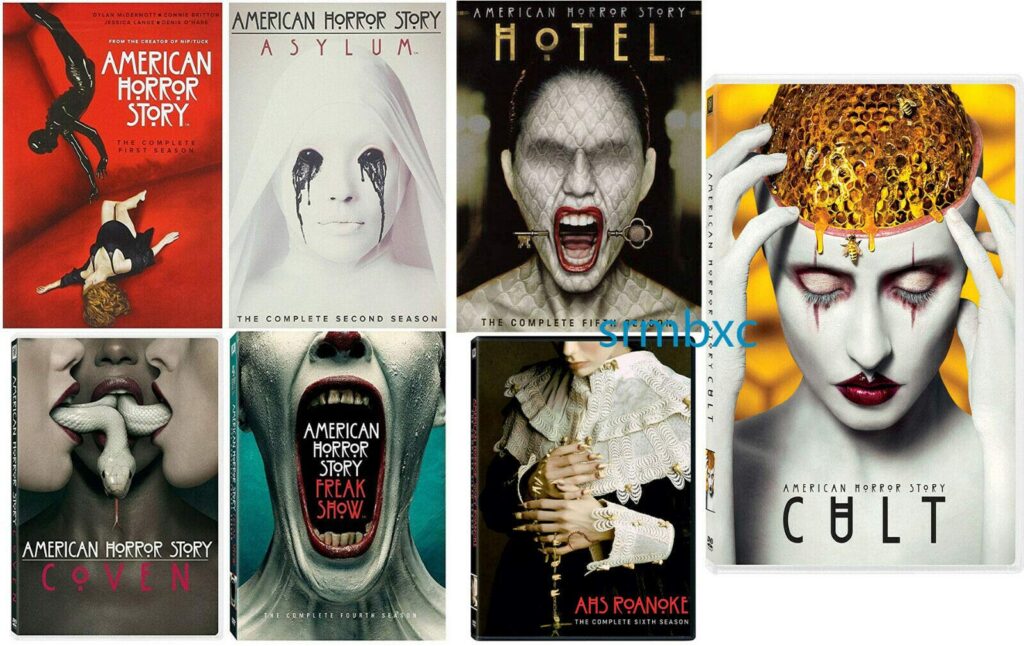
7 American Horror Story Seasons That Reminded Us Why We Fell in Love With the Show
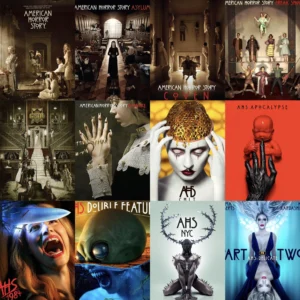
American Horror Story is one of the few television programs that has captured the attention of horror enthusiasts. Ryan Murphy’s anthology series has featured everything from witches and haunted houses to deranged cults and 1980s slasher tributes since its eerie 2011 debut. While not every season has been successful, when does AHS get it right? It serves as a reminder of the reasons we return: the thrills, the turns, the enduring characters, and that strangely lovely fusion of heart and horror.
Here are seven exceptional seasons that exemplify American Horror Story’s greatest qualities in case you’ve ever wondered why you fell in love with the program in the first place.
Andre Russell Shines as Kolkata Knight Riders Triumph Over Rajasthan Royals 2025
1. Murder House (Season 1) – Where It All Began
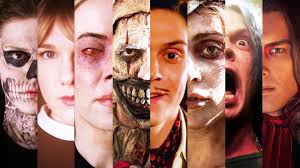
Let’s return to the source of the obsession.
Murder House served as the model for all subsequent seasons of AHS, not just the first one. What began as a ghost story soon turned into a story of infidelity, trauma, and death with more emotional weight than anyone could have imagined from a horror series when the Harmon family moved into that famous Los Angeles mansion.
Evan Peters’ portrayal of Tate Langdon instantly earned a place in the “iconic TV villains” hall of fame, while Jessica Lange’s iconic performance as Constance Langdon brought classic Hollywood energy to a contemporary horror setting.
In a way that felt novel, twisted, and captivating, this season combined soap opera drama with gothic horror. It established—and continues to establish—the potential of AHS.
The combination of gore, guilt, and ghosts in a house that just wouldn’t let go is what made it so captivating to us.
2. Asylum (Season 2) – The Darkest Chapter
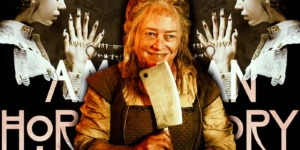
If Murder House captured our attention, Asylum blew us away.
This season, which is set in the 1960s mental institution Briarcliff Manor, threw everything at the wall—demonic possession, serial killers, aliens—and managed to make it all work. Compared to Season 1, it was darker, gritty, and more emotionally charged, but it also demonstrated the series’ willingness to reach new heights.
Jessica Lange made a comeback as Sister Jude, a formerly moral nun who was suffering from addiction and guilt. Lana Winters, played by Sarah Paulson, emerged as one of AHS’s most resilient characters and survived unspeakable horrors, becoming the season’s beating heart.
What really made Asylum stick, though, was its commentary. Underneath the madness, it tackled everything from mental illness and religion to abuse of power and identity.
Why we loved it: Psychological horror with real stakes—and some of the best performances in the entire series.
3. Coven (Season 3) – The Season of Style and Sisterhood
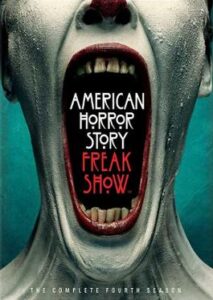
Witches. New Orleans. Stevie. Crazy. Nicks.
One of the most rewatchable seasons to date, Coven gave AHS a sleek, fashionable flair. It followed a group of young witches as they discovered their abilities and faced threats from both the inside and the outside, such as racism, curses of immortality, and a very vindictive Voodoo Queen.
With Emma Roberts as Madison Montgomery, the most famous “bitch witch” on television, Angela Bassett as Marie Laveau, the formidable Voodoo priestess, and Jessica Lange as Fiona Goode, the glitzy Supreme witch clinging to her youth, the ensemble was unbeatable.
In a season where powerful women dominated, Coven’s story about legacy, power, and the fear of being replaced was particularly poignant beneath the glitz.
Why we loved it: Sass, spells, and sisterhood. What more could you ask for?
4. Freak Show (Season 4) – A Misunderstood Masterpiece
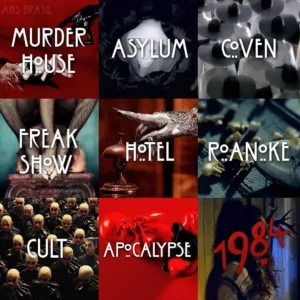
Let’s face it: Freak Show doesn’t always receive the recognition it merits. It’s disorganized. Parts of it are slow. However, it’s also very sentimental.
This season, which was set in Jupiter, Florida in the 1950s, centered on a group of performers who have physical differences and are attempting to live in a society that views them as monsters. The actual monsters, though? The people outside the tent were them.
From Jessica Lange’s “Life on Mars?” performance to the terrifying Twisty the Clown, Freak Show was full of memorable moments. Despite its shortcomings, the season provided one of the most poignant conclusions in AHS’s history.
If you were listening, you witnessed an honest, compassionate examination of otherness and discovered kinship.
Why we loved it: It wasn’t about freaks—it was about being human in a cruel world.
5. Hotel (Season 5) – Vampires, Vice, and Visceral Style

Witches and clowns were exchanged for something much more alluring—the paranormal elite—by AHS with Hotel.
Presenting Lady Gaga as The Countess, a glitzy vampire with a voracious appetite for both blood and love, and The Cortez, a haunted art deco hotel with blood-soaked halls and endless corridors. American Gaga more than held her own against series mainstays like Sarah Paulson, Denis O’Hare, and Kathy Bates, and her performance was surprisingly poignant.
Blood orgies, dinner parties with serial killers, and even a reference to Hotel California were all part of this season. It featured some of the most aesthetically spectacular scenes the show has ever created, and it was rich and decadent.
Although the plot was a little erratic, the hotel reminded us that AHS performs best when it devotes all of its
Why we loved it: Gorgeous, gory, and glam as hell.
6. Roanoke (Season 6) – The Bold Experiment That Worked

Roanoke was a risk, but it paid off handsomely.
At the beginning of the season, actors acted out a haunted house story in a fake true-crime documentary. The plot then took a drastic turn halfway through, turning into a behind-the-scenes horror film about what happens when a reality TV show goes horribly wrong.
For many, it was a return to form following Hotel’s excess, and the dual structure made it one of the most ambitious seasons in AHS history. With plenty of jump scares and psychological horror, it was also frightful in a way that the show hadn’t been since Asylum.
Although the cast (Paulson, Peters, Bates, and Bassett) was excellent as always, Roanoke’s willingness to experiment with format and make us question what’s real.
Why we loved it: Unexpected, terrifying, and truly original.
7. 1984 (Season 9) – The Most Fun We’ve Had in a Long Time

AHS occasionally just wants to have a good time, and 1984 was a blood-splattered, neon-lit ode to slasher American movies.
1984, which was set at a summer camp haunted by ghosts, cults, and murderers, heavily referenced its 1980s roots. It was clever, campy (pun intended), and surprisingly heartfelt, from the synth-heavy score to the ridiculously good fashion.
What began as a straightforward slasher tale developed into something more profound about atonement, remorse, and second chances. It also provided us with one of the series’ greatest twist villains.
Perhaps most impressively, it did not depend on veterans of AHS. 1984 demonstrated that the show could develop without its original icons, albeit with a largely new cast.
Why we loved it: A pure, nostalgic ride packed with twists, kills, and heart.
Final Thoughts: The AHS That Stays With Us

American Horror Story has experienced highs and lows like any other long-running series. However, the seasons that work—really work—make us remember why we initially fell in love with this wild, eerie, imaginative program.
The emotional depth of Asylum, the stylized power of Coven, or the unexpected scares of Roanoke are just a few examples of how AHS continues to develop while clinging to its core values of daring storytelling, outstanding acting, and a willingness to take chances American .
We’re here for it, no matter how twisted it gets.
What’s Your Favorite Season?
Did your favorite season make the list? What moments still haunt you (in a good way)? Let’s talk horror, plot twists, and underrated characters in the comments below.
Would you like help formatting this for Medium, Substack, or your personal blog?


